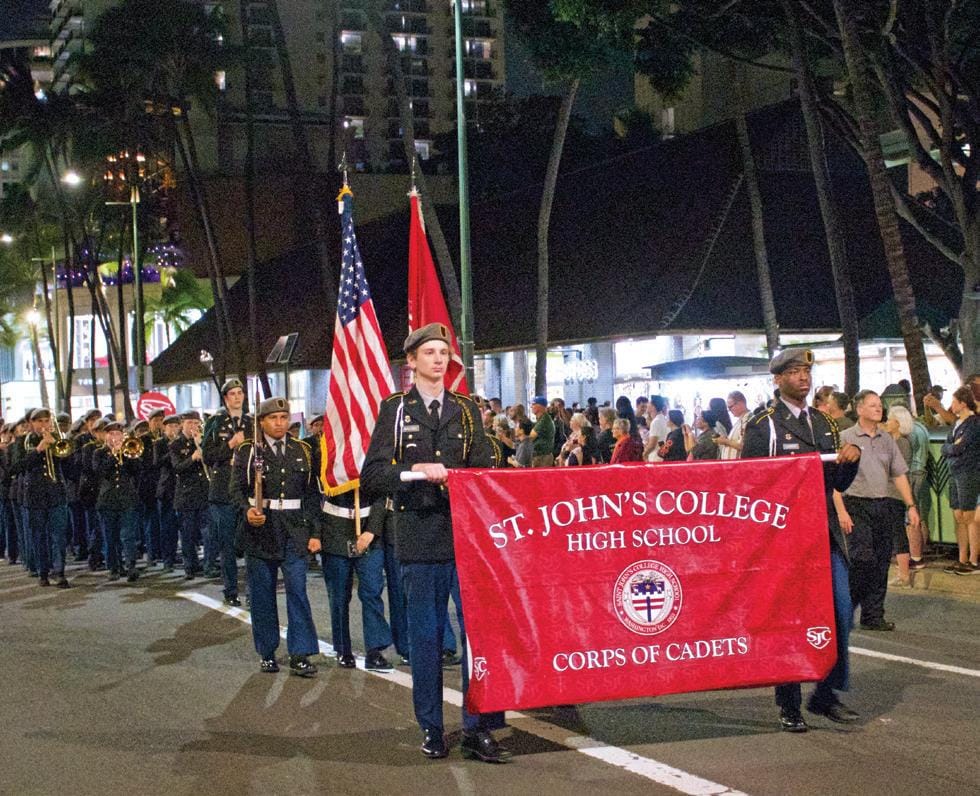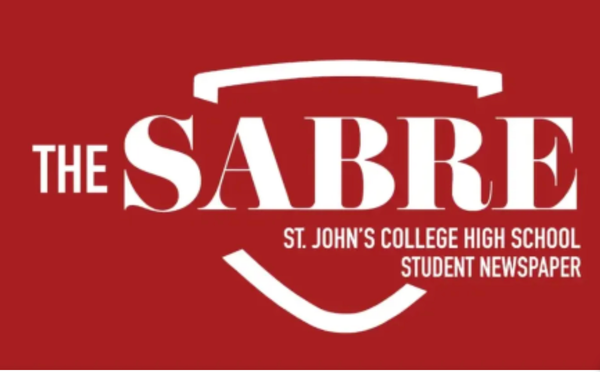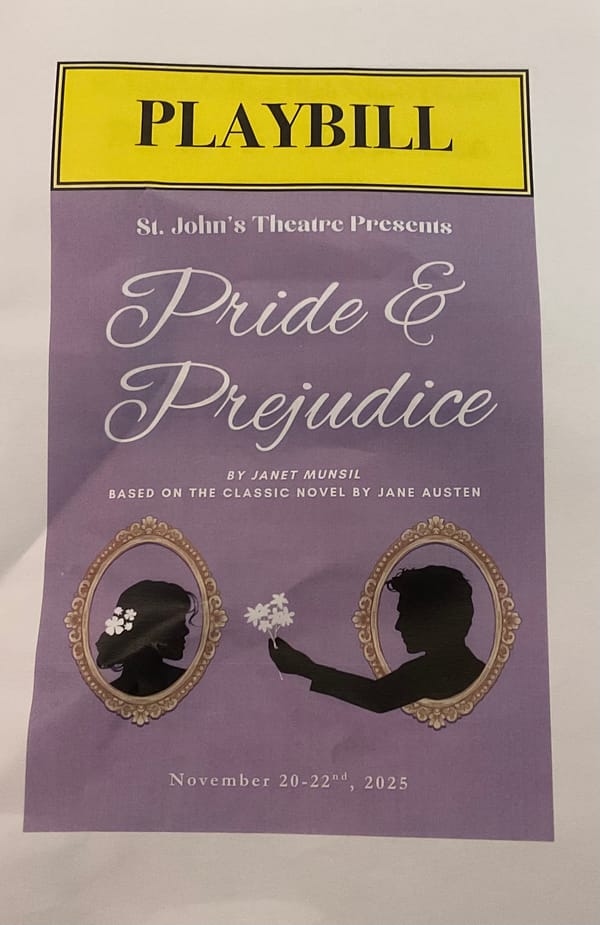The Growth of the Cadet Corps

Grounded in traditions and principles of leadership, the Cadet Corps program molds students into well-rounded individuals with excellent leadership skills. When the program was founded in 1915, it was a Junior Reserve Officers' Training Corps (JROTC) program. Up until 1992 when SJC became a co-ed school, participation in the Cadet Corps was mandatory for all students. When Mr. Themistos, the current principal, came to SJC in 2001 after the transition from a JROTC to a private leadership program, only half of the student body was enrolled in the program. In 2019, with 112 students in the program, efforts to grow the Cadet Corps began.
Over the past six years, the Cadet Corps program has nearly tripled in size. The growth has occurred under Lieutenant Colonel Mark Erwin, who became director and implemented curriculum changes. With 330 cadets this year, the program’s growth is undeniable—but what has driven this expansion?
According to Mr. Erwin, the Cadet Corps is a “peer-led program,” where students with strong leadership skills attract others to join. Positive relationships among cadets foster an appealing atmosphere, extended into the classroom where practical, relatable lessons can be applied to students’ lives.
Other factors that led to this growth are experiences outside the classroom and the addition of team-based activities. Trips to Gettysburg, Andrew’s Air Force Base, and the Pentagon engage students and allow them to apply lessons learned in the classroom. The Turkey Bowl football game and the basketball tournament, March Madness, create healthy competition and unification within the Cadet Corps, which once again, attracts students to this program and this environment.
The continuation of traditions and standards bolsters the program as a whole and sets a solid foundation for growth. As Mr. Erwin states, “we hold ourselves to a high standard,” and he and the other Cadet Corps instructors wish to maintain these levels of excellence. Continuing to provide high quality leadership training allows for students to serve others and lead future generations of cadets.
Mr. Themistos believes that the Cadet Corps is “essential” to the identity of SJC. Throughout his time as principal, he has seen and experienced the positive effect of the program on the school as a whole and recognizes its traditions as a major part of the school’s history. From the March-On, which Mr. Erwin calls the “Super Bowl of the Cadet Corps,” to the grey shirts and sabres inspired by West Point’s uniforms, the Cadet Corps has grown while staying true to its roots.
The 330 current Cadets, a symbol of growth and continuity that unites the present student body of SJC with its history.



